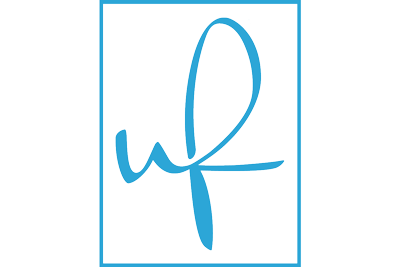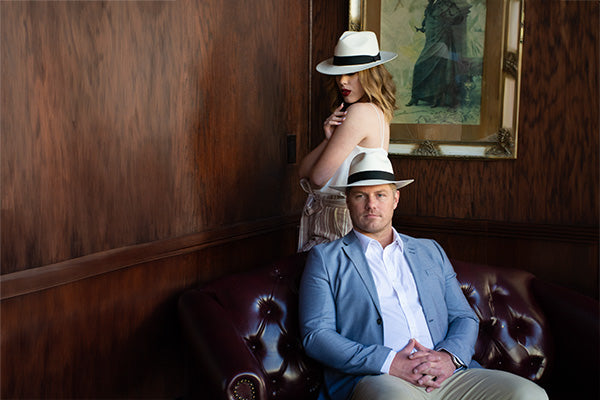FREE Shipping on all U.S. orders $200+
FREE Shipping on all U.S. orders $200+
Hat Care

Alfaro: The First Family of Panama Hats
September 08, 2017 2 min read
In Ecuador, the Alfaro family is known primarily for the political accomplishments and legacy of its most famous son, José Eloy Alfaro Delgado. He served as president in that country for more than 10 years, ushering in a new era of Ecuadorian freedom and social progress in the late 19th and early 20th centuries. However, beneath the political prestige is the story of a family responsible for the international popularity of an iconic accessory: the Panama hat.
A Political Legacy Built on Hats
Like many great leaders, Eloy Alfaro was the son of an immigrant. His father, Manuel Alfaro y González, was not a native Ecuadorian but a Spaniard who fled his native land after getting into some hot water for his radical political activities. That sounds like a good family foundation for a future revolutionary. But Manuel didn't focus on politics when he arrived in Ecuador in the 1830s. He settled in Montecristi, a quiet mountain town near Ecuador's western coast, and quickly put his business skills to work. While in Montecristi, Manuel Alfaro established a family that included his son Eloy, one of Ecuador's most revolutionary political figures. He also created a successful export business that brought the village's beautiful handmade hats to an international market. These hats, now known as Panama hats, weren't a major source of income for the area at the time. Manuel Alfaro changed that shortly after his arrival.Alfaro and Montecristi Hats
Artisans in Montecristi made finely woven straw hats for centuries before Alfaro set up shop. Alfaro didn’t invent the hat or even change anything notable about its design. However, he did establish a streamlined system to speed up production. Under his direction, local workers created enough hats to establish a successful international business. Manuel Alfaro couldn't reach his international audience among the beautiful hills of Montecristi, though. He made Panama the strategic home base of his hat export business. There, these woven masterpieces gained massive popularity throughout the world. The hats really got their reputation for excellence in Panama, and one major publicity event in this country sealed the namesake fate of these Ecuadorian accessories. Though it’s difficult to say exactly how U.S. President Theodore Roosevelt got his hands on a sharp-looking Montecristi fedora during his photo opportunity at the Panama Canal, legend has it that the hat was a gift from Manuel Alfaro himself.Subscribe
Sign up to get the latest on sales, new releases and more …


